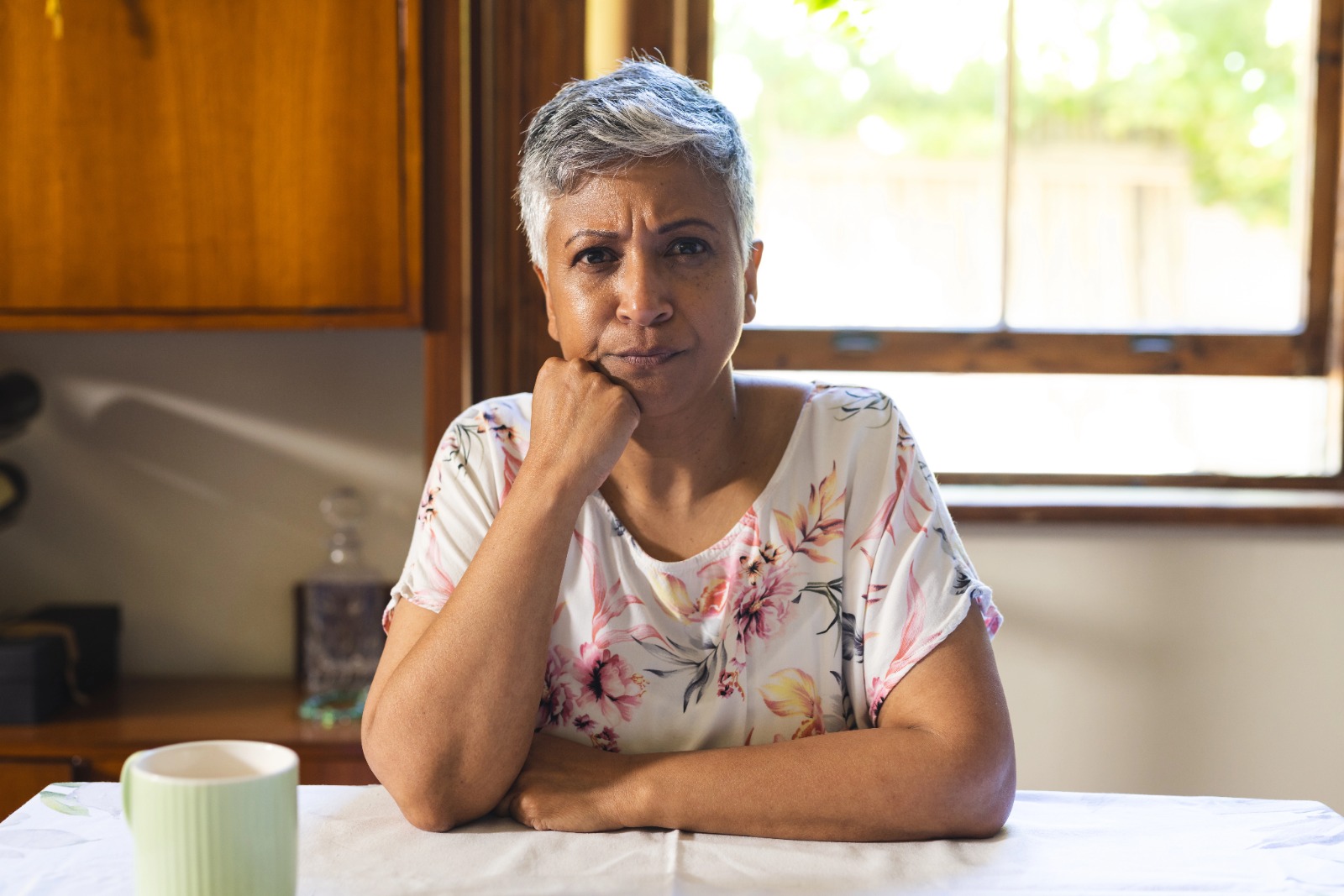1. Hormones: The Silent Mood and Desire Shapers
When estrogen, progesterone, and testosterone begin their midlife waltz, the rhythm of desire often falters. Estrogen keeps vaginal tissues supple and maintains natural lubrication. Testosterone — yes, women have it too — fans the flame of desire. As these deplete, so does arousal and the intensity of orgasms.
The Fix:
Support your hormones through nutrition, adaptogens like Ashwagandha, and bio-identical therapies if needed. And if you’re a Big Little Lies fan, remember when Reese Witherspoon’s character snaps, “I love my grudges. I tend to them like little pets”? That’s the energy we need for tending to our bodies — lovingly, attentively. You can also explore our newly launched Miror Sizzle — a sensual wellness companion designed to help balance your body’s rhythm and enhance natural arousal.
2. Blood Flow Blockades
Reduced circulation to the pelvic region can dull sensation. Without sufficient blood flow, the body struggles to produce that rush — that pulse — that makes an orgasm memorable.
The Fix:
Pelvic floor exercises like Kegels, yoga poses like the bridge, and yes, even a few minutes of dancing daily can restore that blood flow. Pair these habits with Miror Sizzle, formulated to boost circulation and awaken sensitivity from within.
3. The Brain-Body Disconnect
Stress, anxiety, mental fatigue — these are arousal’s fiercest enemies. After 35, the cognitive load on women skyrockets. Between ageing parents, teenage kids, work, and our own bodily shifts — the brain is hardly in the mood for pleasure.
The Fix:
Mindfulness practices, therapy, and breathwork can reconnect the mind and body. Plus, don’t underestimate the power of storytelling — reading sensual fiction or even watching tasteful erotica can help rewire desire. The ritual of using Miror Sizzle, with its scent and texture — can become a mindful cue, helping you slow down and tune into your body again.
4. Vaginal Dryness and Discomfort
As estrogen dips, so does lubrication, making intimacy less enjoyable and more… meh. This often leads to avoiding sex altogether, further dulling orgasmic potential.
The Fix:
Natural lubricants, hydration, Omega-3s, and supplements like phytoestrogens can help. Additionally, vaginal moisturizers and laser therapies are gaining popularity for a reason — they work. Miror Sizzle also supports comfort and hydration, restoring softness and ease to intimacy naturally.
5. Self-Image & Body Confidence
Let’s be honest — the mirror sometimes feels like a frenemy. Loose skin, softening curves, perhaps a line or two more than we’d like. When self-perception falters, so does the capacity for pleasure.
The Fix:
Shift the gaze. Follow body-positive influencers, indulge in self-love rituals, and remember — pleasure doesn’t have a dress size. Think of it as channeling the quiet confidence of Phoebe Waller-Bridge’s Fleabag — flawed, complex, and entirely captivating. Turning Miror Sizzle into a nightly ritual can be an act of self-adoration — a small way to reconnect with your body’s sensual power.
Bonus Uncommon Tip:
Did you know that nitric oxide — the same compound that aids cardiovascular health — plays a vital role in sexual arousal? Beetroot juice, pomegranate, and leafy greens can naturally boost it, making blood vessels more responsive and enhancing sensitivity.
Final Word:
Orgasm isn’t just a bodily release; it’s a reclamation of self. It’s the reminder that your body, no matter its age, is still electric, still wild, still yours. So, if your female orgasm feels like it’s fading — know that with the right care, knowledge, and a sprinkle of curiosity — you can reignite it.
Because darling, midlife isn’t a closing act — it’s just intermission before the encore.
Some Expert Sources for You:







